Sri Lanka is a well-known holiday destination in Asia and with good reason with good food, cheerful people, good hotels and lots of interesting things to see it is also well-known as a wildlife and bird watching hotspot. Travelling here independently in early 2022 I found birding in Sri Lanka extremely rewarding with a high abundance of birds even in parks, gardens and plantations. Species such as Sri Lanka Grey Hornbill, Spot-winged Thrush, Orange-billed Babbler, Sri Lanka Junglefowl and White-naped Woodpecker can be seen quite easily without trekking deep into the forest; indeed birding in Sri Lanka provides the easiest birding in tropical Asia.
These features made Sri Lanka a natural place to add to the list of countries to which I lead birding tours. With a small group of six people we can enjoy a great trip with lots of wonderful birds.


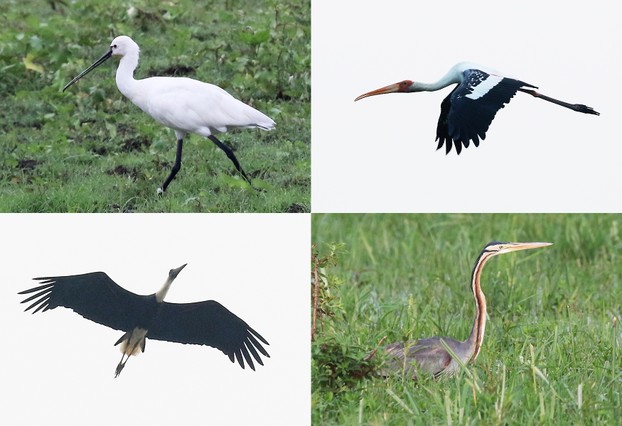
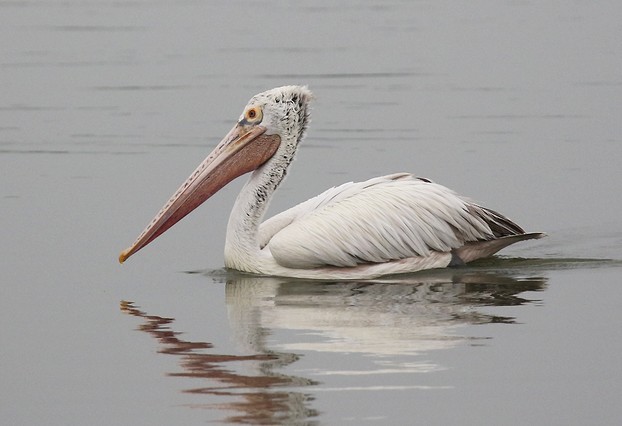
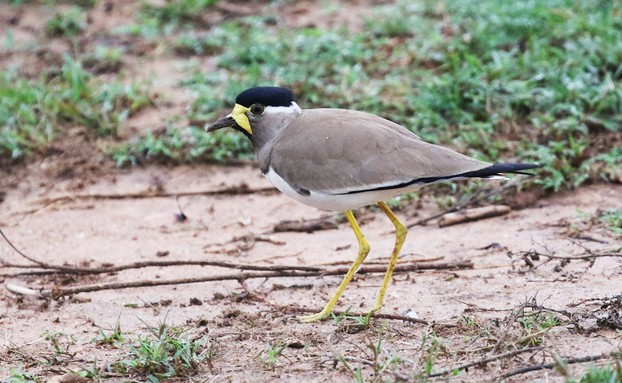

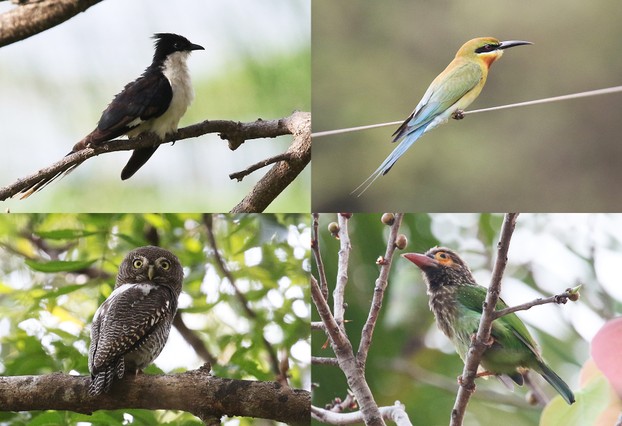
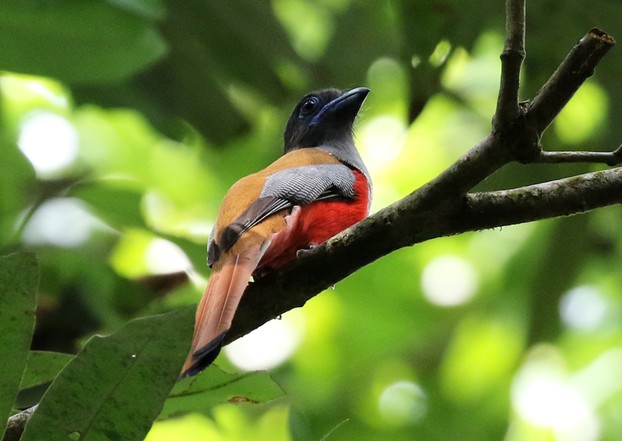
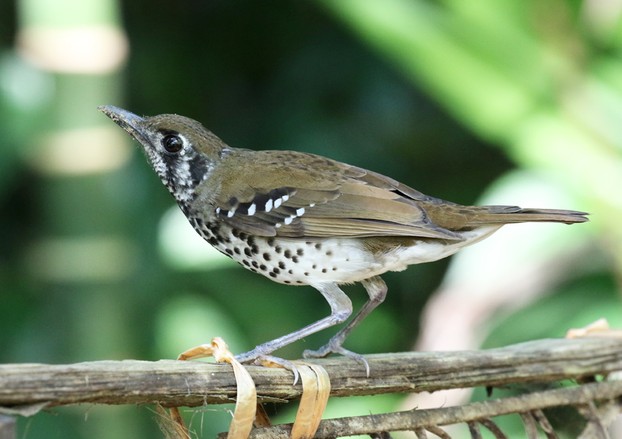
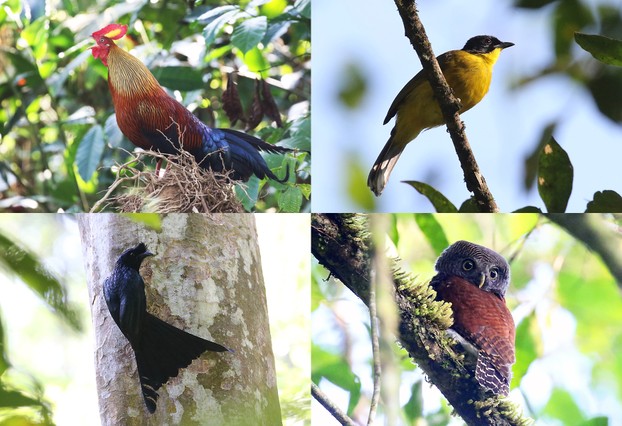


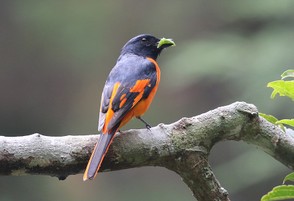
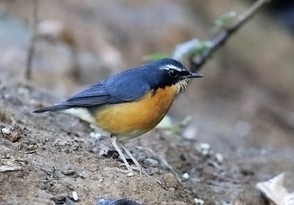
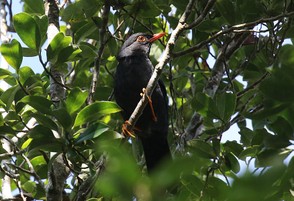


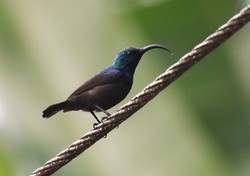

 Birding in Uzbekistan Highlightson 06/10/2025
Birding in Uzbekistan Highlightson 06/10/2025
 South Korea Winter Birding Tour Highlightson 05/29/2023
South Korea Winter Birding Tour Highlightson 05/29/2023
 Birding In Asia - Top Bird Watching Locationson 04/05/2020
Birding In Asia - Top Bird Watching Locationson 04/05/2020
 Bird Videos for Relaxationon 10/20/2021
Bird Videos for Relaxationon 10/20/2021
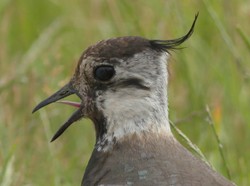
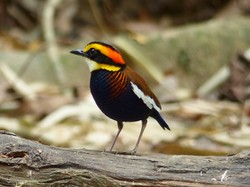
Comments